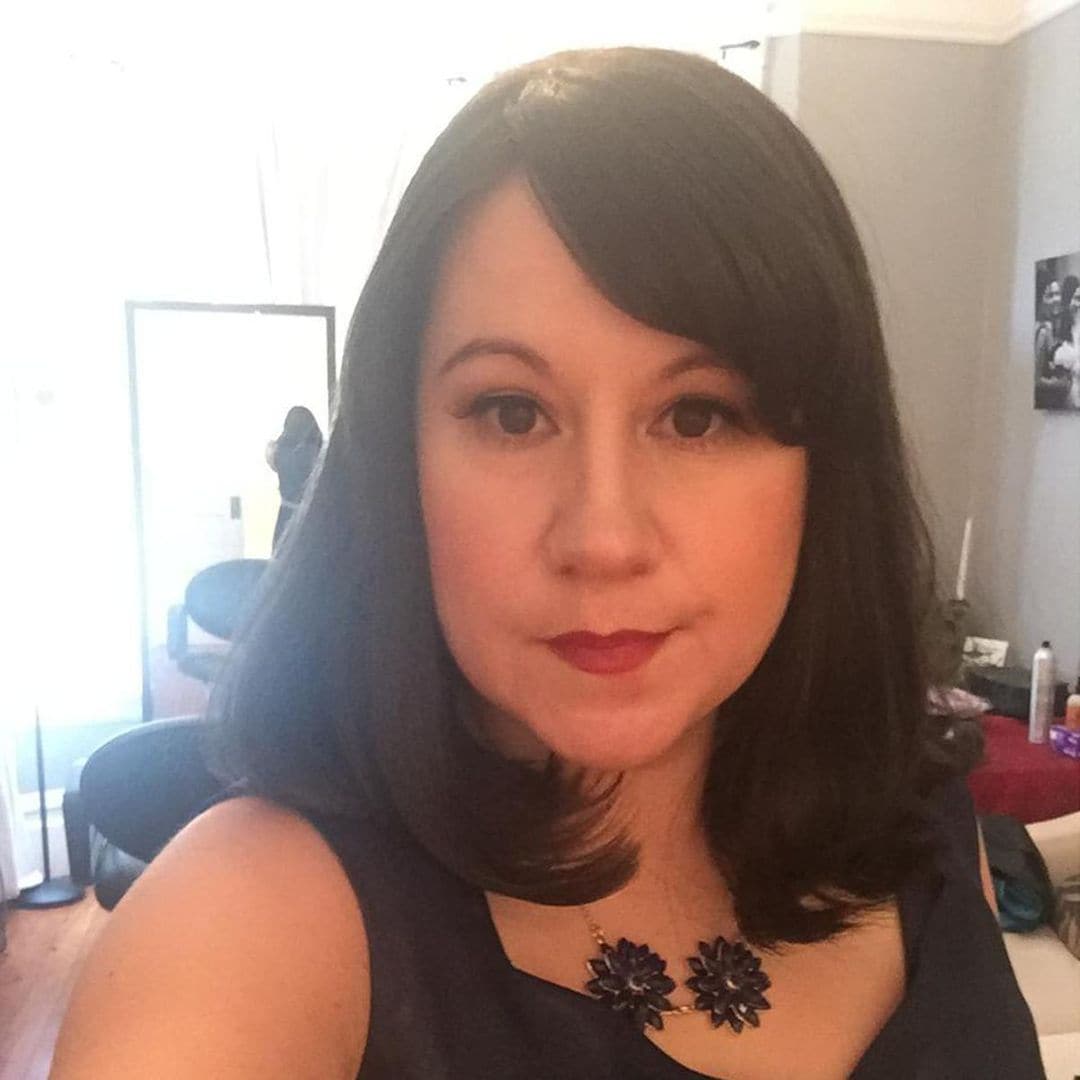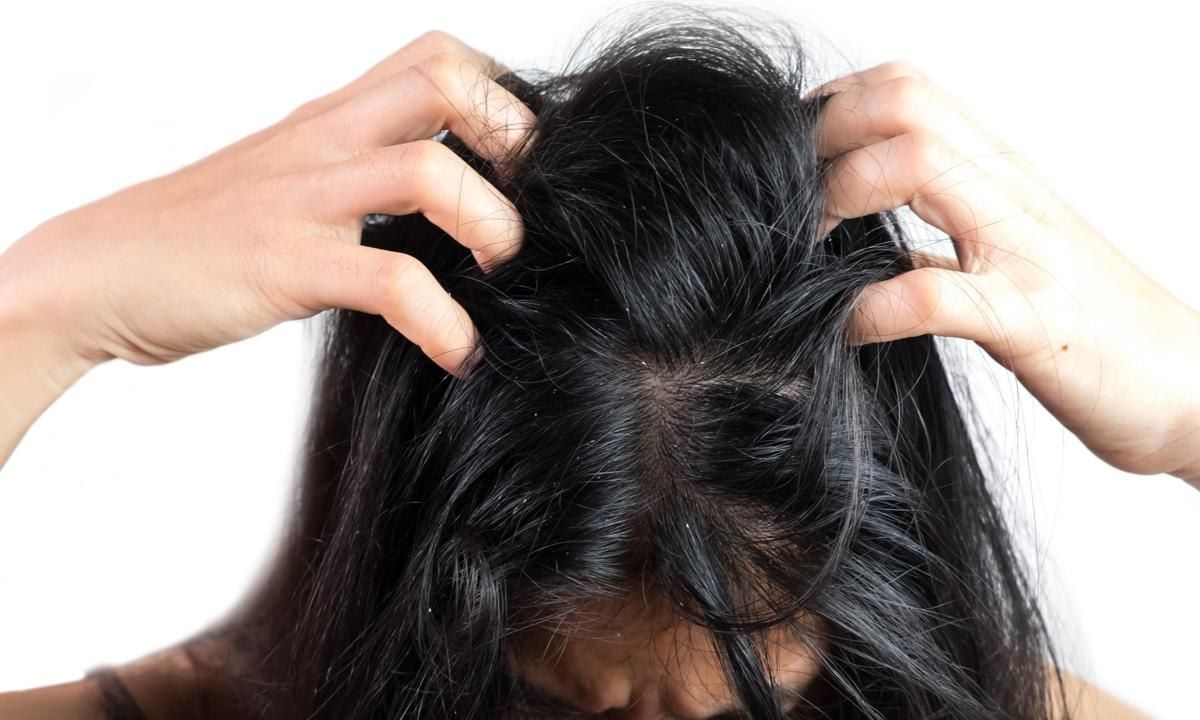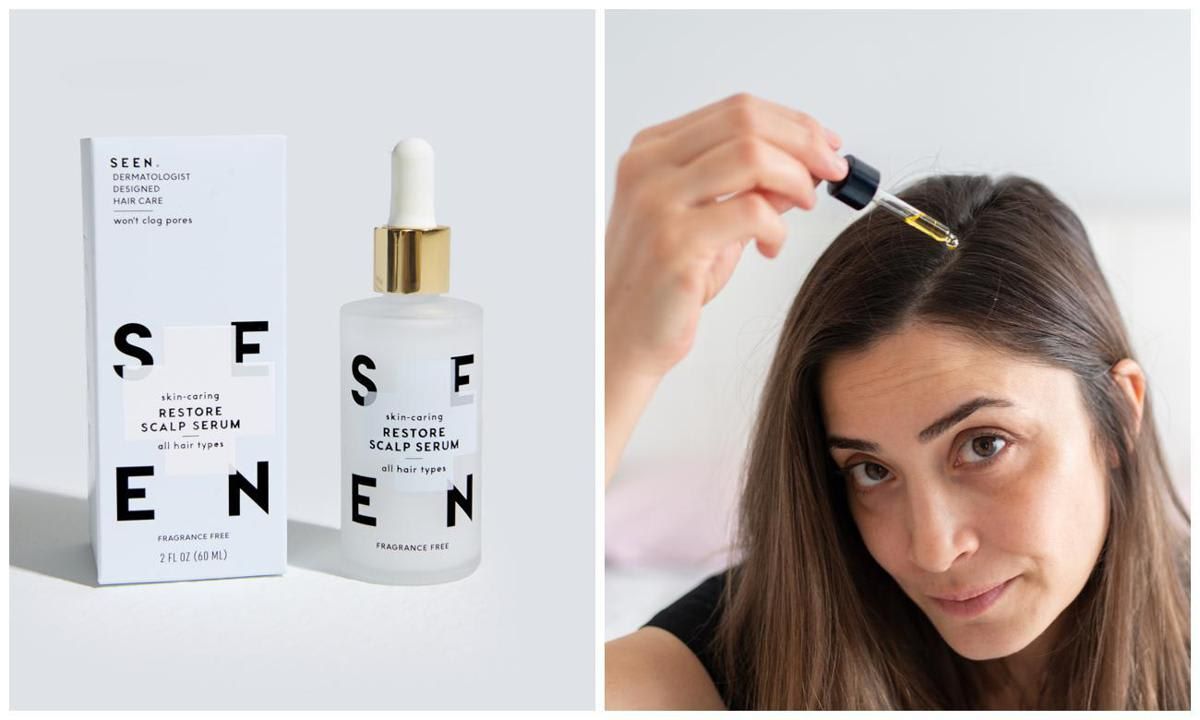Regions with cold weather and during winter months are known for causing negative effects on our scalps, which are typically displayed as dryness, irritation, and flakiness. So when you see flakes, how do you know if it’s a simple case of dandruff or if it could indicate a more serious condition, such as seborrheic dermatitis?
To address these concerns and offer solutions for dry scalp issues, HOLA! received some expert advice from Maryland based, Dr. Iris Rubin, a board certified dermatologist and the founder of SEEN Skin & Hair.
What is the difference between dandruff and seborrheic dermatitis?
A dry flaky scalp is often due to seborrheic dermatitis, commonly known as dandruff. Dandruff is a milder form of seborrheic dermatitis restricted to the scalp. Dandruff typically lacks visible inflammation, while seborrheic dermatitis is thought to be associated with an inflammatory response to malassezia, a yeast on the skin. Other causes of a dry, flaky scalp include dry skin or eczema, and eczema on the scalp is sometimes due to a sensitivity to hair care products called contact dermatitis.
How do you know if you have seborrheic dermatitis versus just ordinary dandruff?
An unhealthy scalp, in general, can include redness, itching, irritation and flaking. However, a few clues that you’re suffering from seborrheic dermatitis can also consist of flaking and redness around the eyebrows, ears and nose!
What causes seborrheic dermatitis?
It’s not entirely clear what causes seborrheic dermatitis. Still, many hair care products bind to your hair to give you the desired function and these products can also leave a residue on your skin (including your scalp) and cause product buildup.
Buildup from styling products is more likely to occur with less frequent washing, which can also contribute to oiliness, creating an ideal yeast environment (Malassezia). Also, certain ingredients like silicones tend to leave more product buildup and have the potential to leave the scalp and hair feeling greasy.
How can you combat a dry, flaky scalp, and what products should you use?
Targeted scalp products are essential in addressing any form of dryness or flaking. Our NEW Restore Scalp Serum is an unmedicated yet highly efficient product formulated with potent actives and natural additives that hydrate, soothe and rebalance the scalp. Our Epidermal Rebalancing Technology also helps reduce the appearance of flakes and sets the stage for healthy hair growth.
For dryness or eczema, choose shampoos with milder surfactants (cleansers) that won’t strip the skin of natural oils. Also, look for hair care products labeled as non-irritating and non-comedogenic, such as SEEN’s Skin-Caring Shampoo and Conditioner. SEEN Skin-Caring Shampoo is sulfate-free with a mild cleanser to prevent overdrying the scalp from washing.
When do you need to see a dermatologist about scalp buildup?
If you have tried regularly washing, using a clarifying shampoo, and minimizing products that can cause buildup and still experience buildup, seeing a dermatologist can help. If you have what feels like “patches” of buildup, areas of scalp redness, large “flakes”, or significant itching. In that case, it’s best to see a dermatologist to rule out seborrheic dermatitis or another skin condition.
,type=downsize)







